Airr R – Aviation Supply Chain Strategist
Elevating THE Future Of Aviation Logistics
How strategy, innovation, and resilience can fuel America’s aviation future
The aviation industry is the backbone of modern connectivity, commerce, and national defense. Yet, the aviation supply chain responsible for delivering critical parts, engines, and systems faces significant disruptions, from global logistics constraints to domestic workforce shortages.In the United States, the importance of a resilient and strategic aviation supply chain has never been more urgent. As a supply chain strategist deeply involved in engine programs like the CFM56 and operations across maintenance, repair, and overhaul (MRO) facilities, I’ve witnessed firsthand how innovation and coordination can protect and strengthen this vital infrastructure.To secure our aviation future, we must act across three pillars: innovation, workforce, and logistics.1. Innovation
Integrating AI and data-driven planning into procurement and inventory systems can help preempt shortages and delays. Automation and predictive analytics should be leveraged across the industry to enhance forecasting, demand planning, and part traceability.2. Workforce Development
Rebuilding a strong, skilled workforce through STEM education, aviation training, and early pipeline development is crucial especially to replace retiring talent. Apprenticeships, aviation academies, and on-the-job training programs will be vital in securing a future-ready workforce.3. Supply Chain Resilience
We must enhance the flexibility of our domestic and international logistics networks, ensuring that critical components and parts can be delivered despite geopolitical or natural disruptions. That includes nearshoring strategies, diversified supplier bases, and better freight coordination.Aviation is not just about flight.
it is about strategic readiness, economic stability, and national competitiveness. Strengthening its supply chain is not a business luxury; it is a national imperative.Let us elevate aviation from the inside out.
From the Hangar to the Heart: Reflections from the Flight Deck of My Career
I used to keep a diary. One filled not with secrets, but with discoveries, inspiring projects, and the best practices I picked up through work. It became a place where I captured the moments that shaped me: when ideas turned into real solutions, when teamwork led to meaningful accomplishments, when challenges revealed opportunities, and when I fell in love with aviation over and over again.One memory that stands out vividly is when I joined a start-up airline. I was one of only two female employees among more than fifty aircraft engineers and mechanics. I stepped into a world that was, at first, far from my comfort zone. But instead of shrinking back, I leaned in. I learned everything I could about airline maintenance, operations, and management. The hangar became my classroom. The engineers, my teachers. The pressure, my forge.Writing helped me make sense of it all. I wrote to myself in every season in disappointment and in joy, in hopelessness and in celebration. My diary became a mirror, a mentor, and eventually, a source of quiet strength.Over time, I realized something: the thoughts I wrote down weren’t just for me. They carried insights, lessons, and encouragement that might help someone else, someone navigating a tough industry, starting in a new role, or simply trying to find purpose in their work. That’s what motivates me to keep writing not just to reflect, but to connect, to inspire, and to give back.Stepping into the unknown changed me. And I hope that by sharing my journey, it might help someone else find the courage to step into theirs.With gratitude,
Airr R.
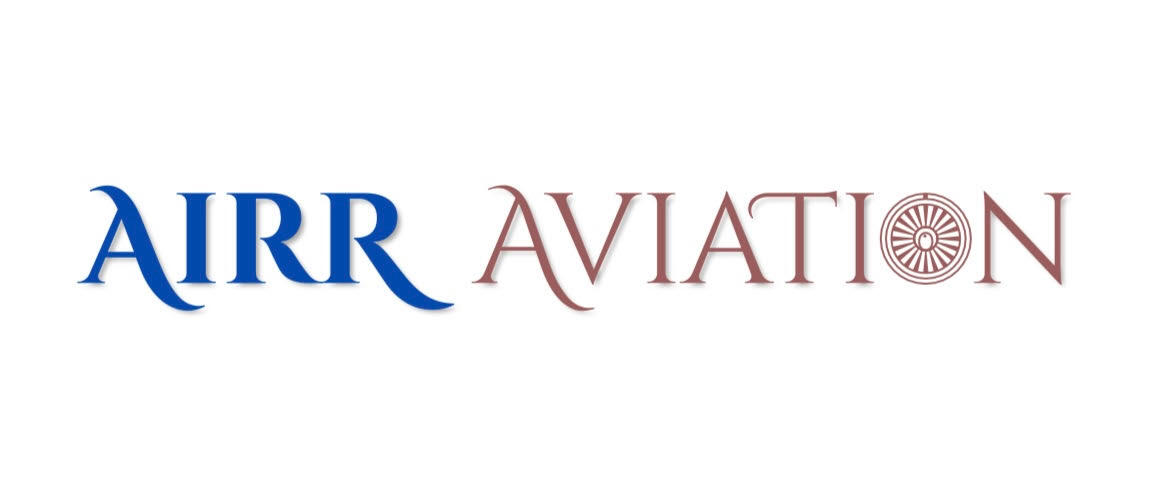
Into the Unknown – My First Day at a Start-Up Airline
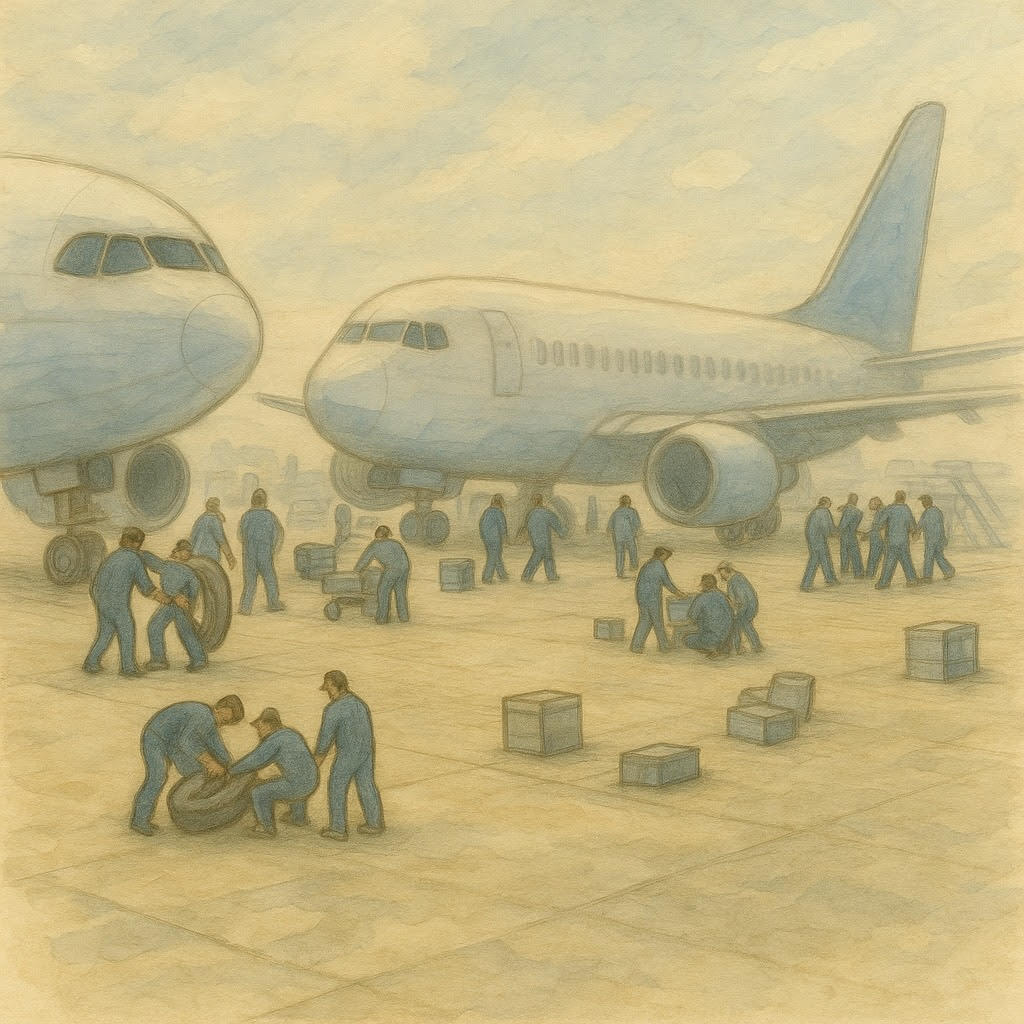
I still remember the day I walked into the hangar for the first time—nervous, curious, and completely out of my comfort zone. The smell of oil, the hum of machinery, the sharp click of steel boots on concrete floors. It was a world I had only glimpsed from afar. I was stepping into a start-up airline as one of only two female employees among more than fifty aircraft engineers and mechanics.I didn’t come from a technical background. My role was on the management side, yet I found myself drawn to the rhythm and rigor of the engineering floor. At first, I felt like an outsider. I asked too many questions. I didn’t know the jargon. I worried that I’d never catch up. But I listened. I learned. I leaned in.That first week, I sat in on briefings I barely understood and watched engineers troubleshoot systems I’d never seen before. But slowly, the language of aviation began to make sense. I started connecting dots between operations, people, processes, and possibilities.What I didn’t realize at the time was that this unfamiliar environment would become one of the most inspiring learning spaces of my life. It taught me that the unknown isn’t something to fear. It’s something to step into, especially when you feel like you don’t belong. That’s where growth begins.Looking back now, I’m grateful I didn’t let discomfort hold me back. I’ve learned that every meaningful career story begins somewhere uncertain and that bravery isn’t the absence of fear, but the choice to move forward anyway.If you’re standing at the edge of something new—step in. There’s so much to discover.
Falling in Love with Aviation—Again and Again
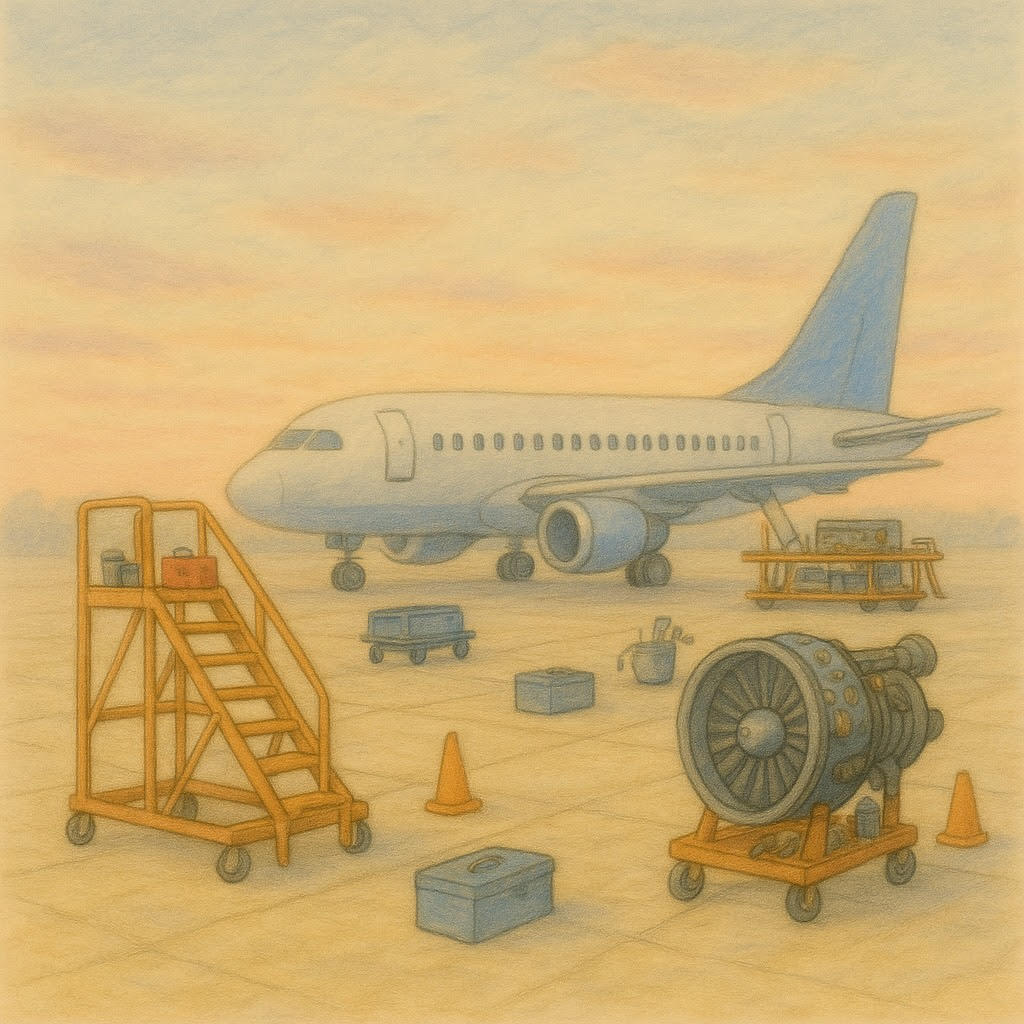
Aviation was never just a job for me. It was a spark that kept finding new ways to ignite.I had known aviation before. I studied it, admired it, and even dreamed about it. But something changed when I stepped into the real world of aircraft operations. It wasn’t glamorous. It was gritty, technical, fast-paced, and demanding. And somehow, that’s exactly what made me fall in love with it all over again.I remember the hum of engines before sunrise, the late-night troubleshooting calls, the feeling of pride when a grounded aircraft finally returned to service. I remember learning the rhythm of the ramp, the language of mechanics, the logic behind maintenance planning. I was surrounded by people who didn’t just work. They lived aviation. And that passion was contagious.Each time I discovered something new: a regulation, a system, a solution. I felt that spark. Every moment of problem-solving, every success shared with the team, made me more certain that I was where I belonged. Even the failures, the pressure, the setbacks. They taught me resilience. They reminded me that nothing meaningful ever comes without challenge.Aviation didn’t make things easy. It made things real. And real is what I needed.I’ve fallen in love with aviation many times. The first time I boarded a plane as a little girl. The day I got my Embry-Riddle acceptance letter. The first time I watched a heavy aircraft roll out of a hangar because of something my team made possible. These moments aren’t just memories. They’re reminders that this field has my heart, over and over again.Because when you love aviation, it’s never just once. It’s every time you look up and feel the sky calling you back.
When Ideas Take Flight – My First Real Contribution
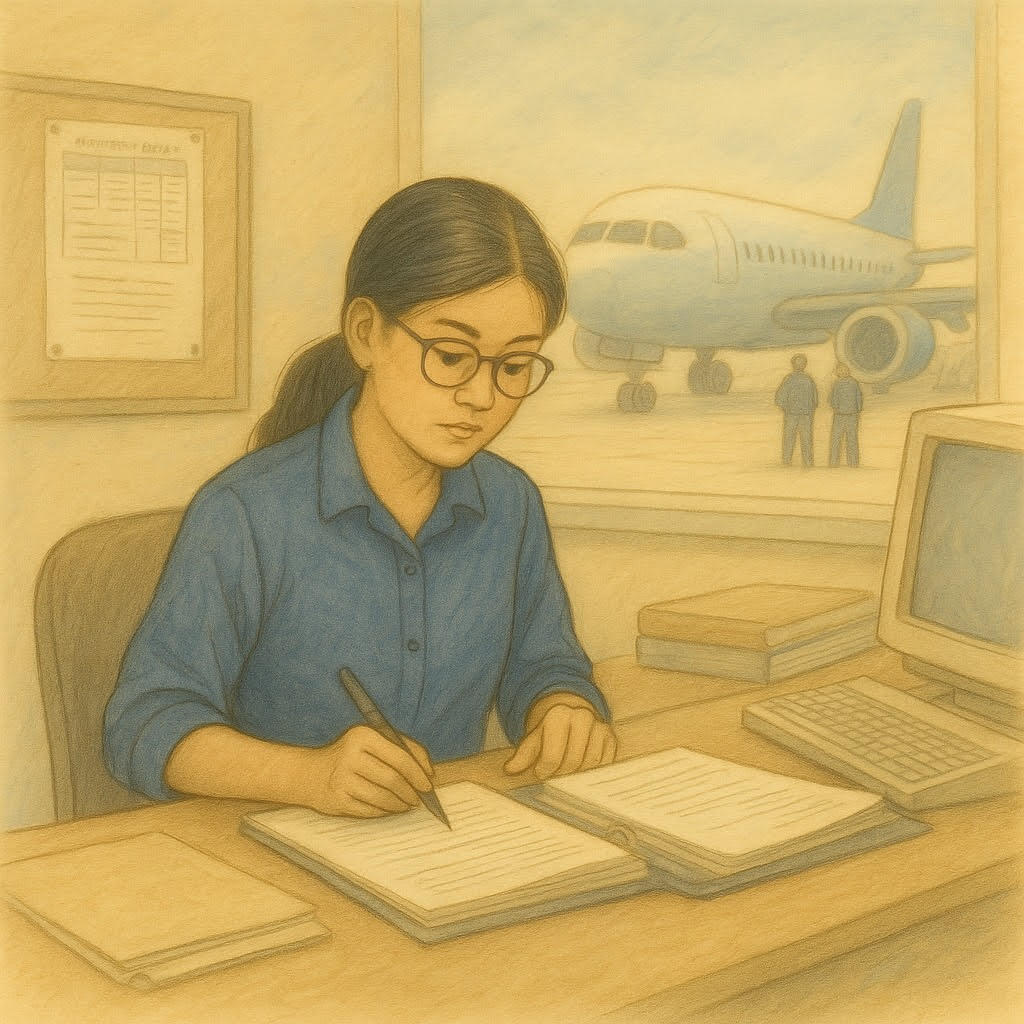
In the early days at the start-up airline, I wasn’t expected to lead. I wasn’t even expected to suggest much. I was there to learn. But it didn’t take long to notice gaps.One recurring problem involved how maintenance records were handled. Everything was logged manually: binders, spreadsheets, emails. Engineers would waste precious time looking for parts or paperwork. I saw aircraft delays caused by miscommunication and documentation bottlenecks. I knew there had to be a better way.So, I mapped out the workflow, talked to the engineers, and proposed a new tracking method. One that brought together task schedules, parts inventory, and inspection documents into a shared digital platform. It wasn’t revolutionary, but it was practical. It worked. And more importantly, it helped.It saved time. It reduced confusion. And it gave the team one less thing to worry about when the pressure was on.That project taught me a defining lesson: I didn’t need to wait until I had a senior title or ten years of experience to add value. I just needed to listen carefully, learn quickly, and trust that my outside perspective could offer a fresh solution.That’s when I truly found my voice in aviation not by speaking louder, but by offering something useful.In aviation, every second matters. And when your idea saves time, that’s when it really takes flight.
Beyond the Hangar: Embracing Leadership and Mentorship in Aviation
In my early days at the start-up airline, the hangar was more than just a workspace. It was a crucible where I was forged into the professional I am today. Surrounded by seasoned engineers and mechanics, I absorbed knowledge like a sponge, learning not just the technical aspects of aviation but also the nuances of teamwork, resilience, and problem-solving.As time passed, I found myself transitioning from a learner to a leader. The very environment that once intimidated me became the stage where I mentored new recruits, shared insights, and fostered a culture of continuous learning. I realized that leadership isn’t about titles or authority; it’s about influence, empathy, and the ability to inspire others to reach their potential.Mentorship became a cornerstone of my journey. I remembered the challenges I faced as one of the few women in a predominantly male environment and made it my mission to support and guide others navigating similar paths. Through one-on-one sessions, team workshops, and informal chats over coffee, I aimed to create a safe space where questions were encouraged, mistakes were seen as learning opportunities, and every team member felt valued.These experiences reinforced my belief that the true measure of success lies not in personal achievements but in the growth and development of those we mentor. Each success story of a mentee felt like a personal victory, affirming the power of guidance, support, and shared wisdom.Today, as I reflect on my journey from the hangar to leadership roles, I am filled with gratitude for the mentors who shaped me and the mentees who continue to inspire me. The aviation industry, with its challenges and triumphs, has taught me that while individual excellence is commendable, collective growth is transformative.As I continue to navigate the skies of this dynamic industry, I remain committed to fostering a culture of mentorship, inclusivity, and continuous learning. Because when we lift others, we all soar higher.With gratitude,
Airr R.

Every Time I Fly: A Reflection on Safety in Aviation
Every time...
Every time I take a plane, I am aware of highness.
Every time a plane takes off, I think of safety.
Every time a jet sets go, I realize the role of SMS.
Every time I catch a flight, I pray.
As someone in the aviation industry, I define safety like this:
Safety is culture.
It’s our first priority.
It’s on the ground, in the skies, and everywhere in between.
It’s everyone’s number ONE concern.
From bottom up.
From top down.
From bird’s eye view—
Safety is, and always will be, the heart of operational excellence.________________________🛡️ What Is SMS? And Why Does It Matter?
The Safety Management System (SMS) is the backbone of modern aviation safety. It’s not just a compliance tool—it’s a philosophy, a framework, and a commitment.
An effective SMS is built on four core pillars:
1. 🧙♂️ Safety Policy
A clear commitment from leadership to safety above all else.
2. ⚠️ Safety Risk Management (SRM)
Identifying hazards, assessing risks, and applying controls.
3. 📊 Safety Assurance
Constant monitoring, measuring, and improving safety performance.
4. 📣 Safety Promotion
Training, communication, and fostering a culture where safety is everyone’s job.________________________👩✈️ For Travelers: Why Safety Should Matter to You
As passengers, we see only part of the story—polished procedures, smiling flight attendants, smooth landings. But behind the scenes:
• Crews are constantly trained to handle emergencies.
• Aircraft maintenance is governed by strict procedures and oversight.
• Every event, even small ones, are analyzed for trends and improvements.
• Hazards are identified and addressed before they ever reach the runway.
Your safety isn’t just a result of good luck—it's a product of systemized vigilance.________________________👨👷 For Aviation Professionals: Living the Culture of Safety
For those of us who work in aviation—on the ramp, in the tower, at the hangar, or in the cockpit—SMS isn’t a document. It’s a mindset.
It means:
• Reporting concerns before they become problems.
• Valuing communication over silence.
• Treating every task as critical, no matter how routine.
• Leading by example, at every level of the organization.
Culture is what happens when no one is watching.
A strong SMS ensures that safety becomes second nature.________________________🛬 Final Approach
When the landing gear extends, and the hydraulics hum to life, it’s more than just engineering—
It’s evidence of a system that works.
So the next time you board a plane, take a moment to reflect:
Safety isn’t just part of aviation—it is aviation.
And that’s why, every time I fly, I think of safety—
Every single time.________________________🌐 Learn more about Airr Aviation's commitment to safety and excellence. Contact Us at [email protected].
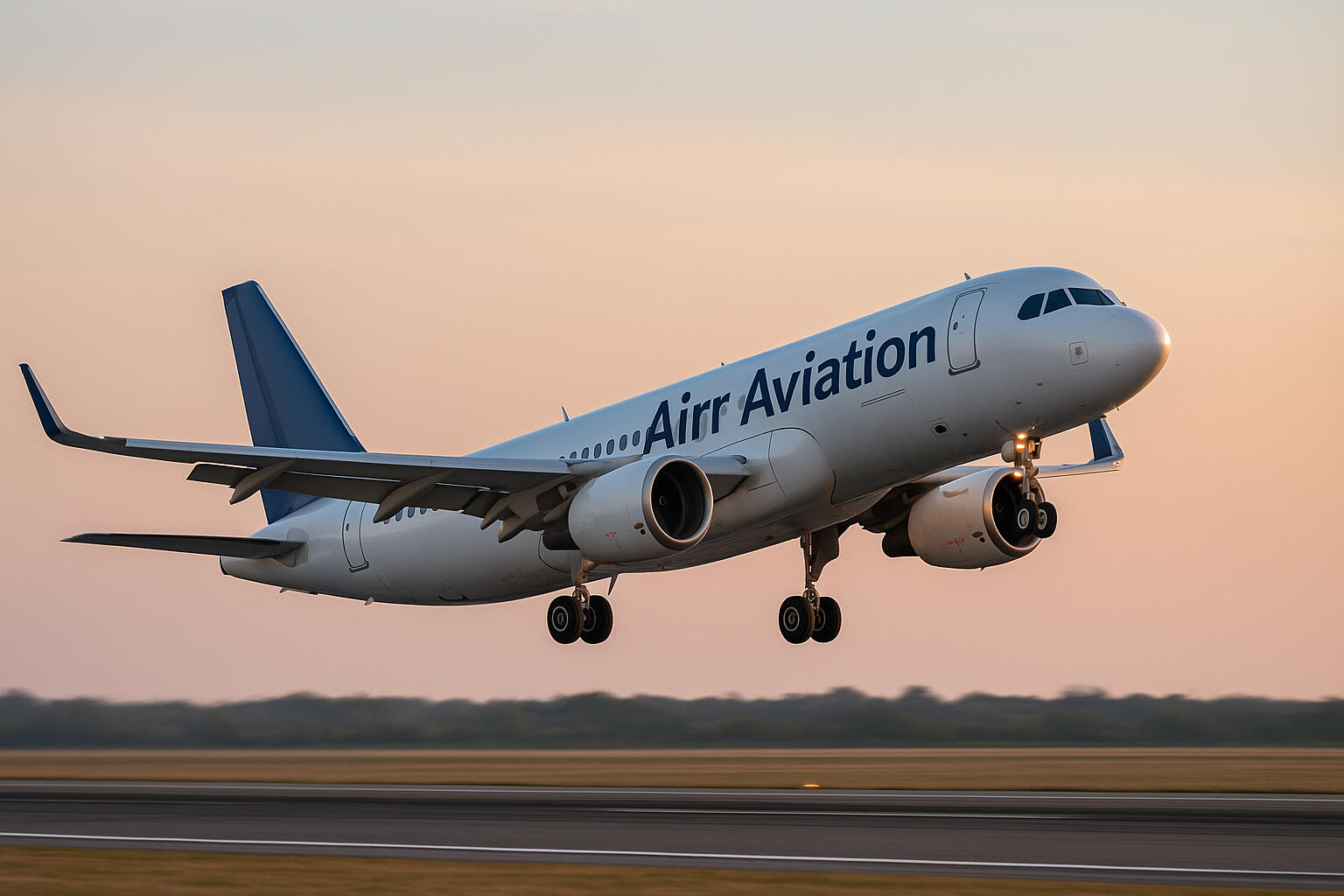
Aviation safety must be addressed methodically, element by element. The International Civil Aviation Organization (ICAO) outlines eight critical elements of an effective safety oversight system, categorized as follows:Establishment Phase
1. Primary Aviation Legislation – A foundational legal framework governing aviation operations.
2. Specific Operating Regulations – Detailed guidelines ensuring standardized safety practices.
3. State System and Functions – Organizational structures defining roles, responsibilities, and oversight mechanisms.
4. Qualified Technical Personnel – Competent professionals equipped with the necessary expertise to enforce aviation safety.
5. Technical Guidance, Tools, and Safety-Critical Information – Essential resources supporting decision-making and operational efficiency.Implementation Phase
6. Licensing, Certification, and Approval Obligations – Regulatory processes ensuring compliance with safety standards.
7. Surveillance Obligations – Continuous monitoring and auditing to proactively detect and resolve safety concerns.
8. Resolution of Safety Issues – Established protocols for addressing and mitigating risks in aviation operations.Each of these elements plays a pivotal role in maintaining a comprehensive and proactive aviation safety framework. By systematically strengthening legal foundations, personnel expertise, and surveillance mechanisms, the industry can ensure safer skies and operational resilience.✈️
Aviation Safety: A Systematic Approach
Building A Start-Up Airline from the Ground Up
Building A Technical Store from Scratch
Learning Global Logistics
Learning How to Fly
Notes
⋆。°⭒✩˖🪐˚✧˖✴。⋆
.‧🚀˖˚⋆。˖°⭒🛸⭒‧.˚